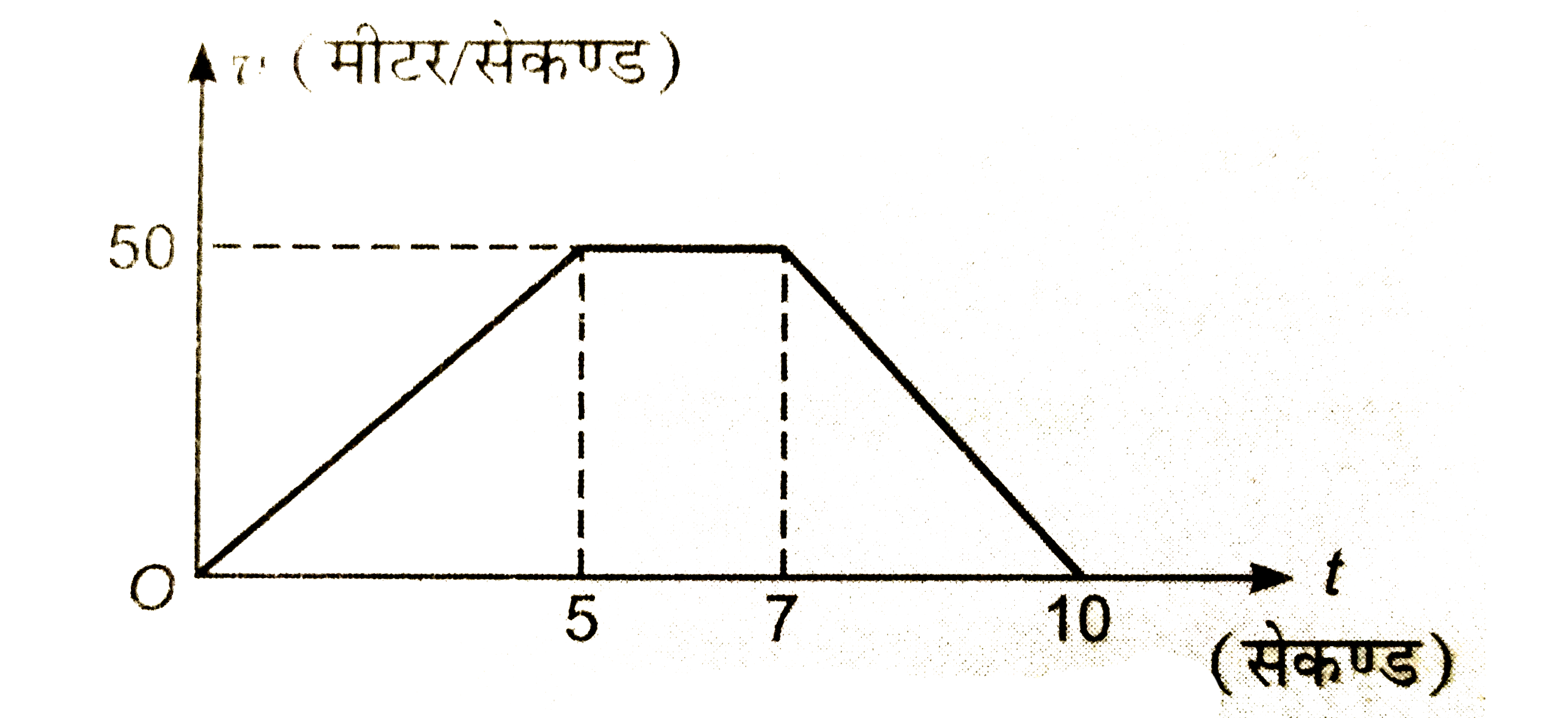The distance described by a particle in t seconds is given by s=aet+be−t. The acceleration isSolution in Telugu
aet+be−t
aet−be−t
−ae−t−bet
ae−t+bet
The correct Answer is:A
Step by step video, text & image solution for The distance described by a particle in t seconds is given by s=ae^t+be^-t. The acceleration is by Maths experts to help you in doubts & scoring excellent marks in Class 12 exams.
Updated on:21/07/2023Topper's Solved these Questions
- APPLICATIONS OF DIFFERENTIATIONBOOK - DIPTI PUBLICATION ( AP EAMET)CHAPTER - APPLICATIONS OF DIFFERENTIATIONEXERCISE - EXERCISE 1D (MEAN VALUE THEOREMS)
28 Videos
- APPLICATIONS OF DIFFERENTIATIONBOOK - DIPTI PUBLICATION ( AP EAMET)CHAPTER - APPLICATIONS OF DIFFERENTIATIONEXERCISE - EXERCISE 1E (MAXIMA AND MINIMA)
221 Videos
- APPLICATIONS OF DIFFERENTIATIONBOOK - DIPTI PUBLICATION ( AP EAMET)CHAPTER - APPLICATIONS OF DIFFERENTIATIONEXERCISE - EXERCISE 1B (TANGENT AND NORMAL)
205 Videos
- ADDITION OF VECTORS BOOK - DIPTI PUBLICATION ( AP EAMET)CHAPTER - ADDITION OF VECTORS EXERCISE - EXERCISE 2 SET - 4
8 Videos
- BINOMIAL THEOREMBOOK - DIPTI PUBLICATION ( AP EAMET)CHAPTER - BINOMIAL THEOREMEXERCISE - EXERCISE 2 (SPECIAL TYPE QUESTIONS) SET - 4
4 Videos
Similar Questions
The constant c of Rolle's theorem for the function f(x)=2x3+x2−4x−2 in [−√2,√2] is
View SolutionIf x>0, then f(x)=x3+3x is
View SolutionThe gradient of the curve y=x3−3x2−2x+7 at (1,3) is
View SolutionA : If the positon vectors of A, B are (2, 3, 5), (1, 1, 7) then the unit vector in the direction of −−→AB is −i−2j+2k3
R : Unit vector in the direction of −−→AB is −−→AB∣∣∣−−→AB∣∣∣
View SolutionA : If the coefficients of 5th, 6th , 7th terms of (1+x)n are in A.P. then n=7or14.
R : If the coefficients of rth, (r+1)th,(r+2)th terms of (1+x)n are in A.P. then n2−(4r+1)n+4r2=2.
View SolutionIf s=ael+be−t is the equation of motion of a particle, then its acceleration is equal to
View SolutionThe distances moved by a particle in time t seconds is given by s=t3−6t2−15t+12. The velocity of the particle when acceleration becomes zero, is
View Solutionएक कण का वेग समय ग्राफ चित्र में प्रदर्शित है। ज्ञात कीजिए।

(i) t=0 से t=5 सेकण्ड के समयान्तराल में कण का त्वरण।
(ii) t=5 से t=7 सेकण्ड के समयान्तराल में कण का त्वरण।
(iii) t=7 से t=10 सेकण्ड के समयान्तराल में कण का त्वरण।
(iv) t=0 से t=7 सेकण्ड के समयान्तराल में कण द्वारा तय दूरी।
(v) t=0 से t=10 सेकण्ड के समयान्तराल में कण द्वारा तय दूरी।
View SolutionIf the distance s metre traversed by a particle in t seconds is given by s=t3−3t2, then the velocity of the particle when the acceleration is zero, in metre/second is
View SolutionThe distance travelled s in metres by a particle in t second is given by s=t3+2t2+t. The speed of the particle after 1s will be
View SolutionThe distance in seconds, described by a particle in t seconds is given by s=aet+bet. The acceleration of the particle at time t is
View SolutionThe distance 's' described by a particle in t seconds is given by s=aet+be−t. The velocity at any time t is
View SolutionThe distance s feet travelled by a particle in time t second is given by s=t3−6t2−4t−8. It acceleration vanishes at time t =
View SolutionThe distance s feet travelled by a particle in time t seconds is given by s=t3−6t2−4t−8. Its acceleration vanishes at time t =
View Solutionएक कण के द्वारा t सेकंड में तय की गयी दूरी s (मीटर में ) ,सम्बन्ध s=aet+bet द्वारा दी गयी है। समय t पर कण का त्वरण है
View Solution
